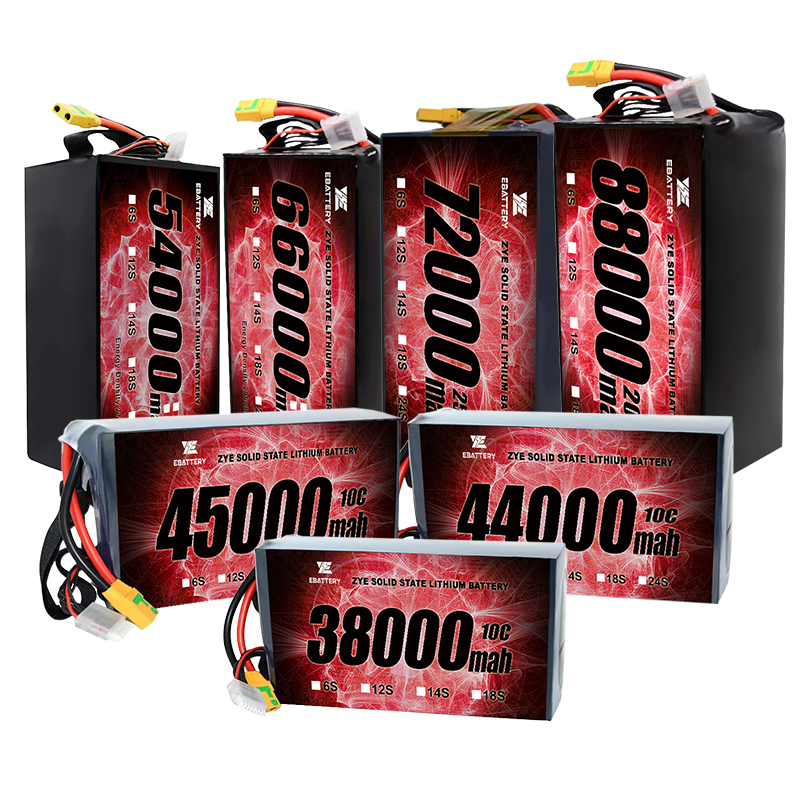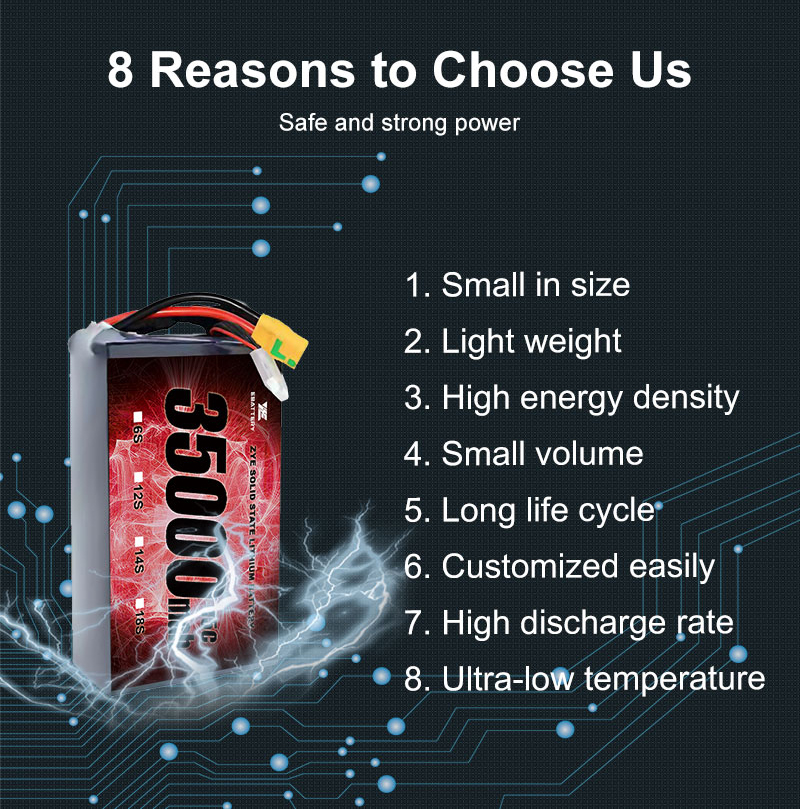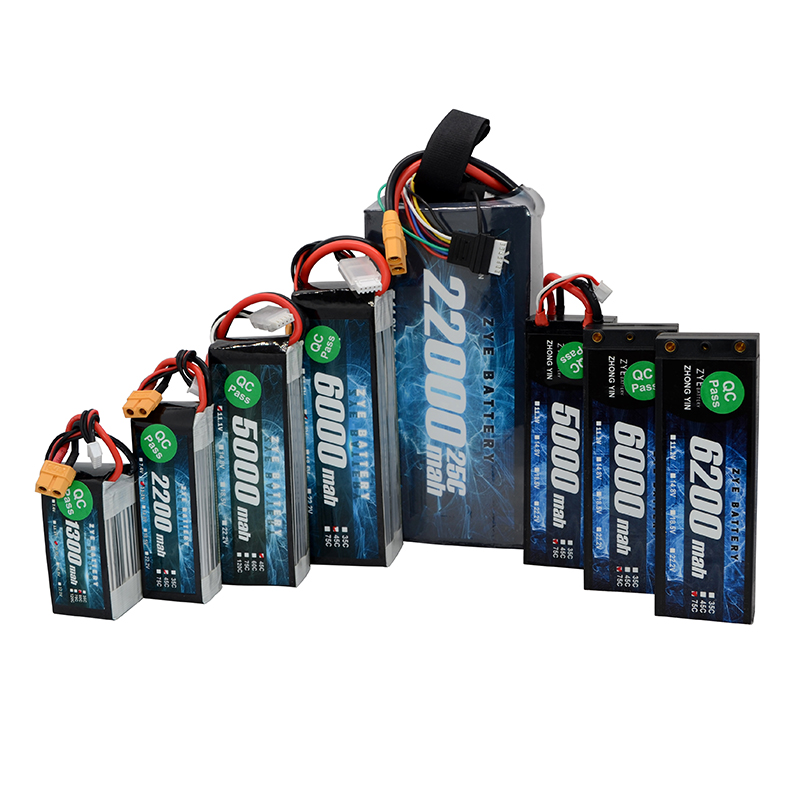What roles do lithium and nickel play in solid state batteries?
2025-07-15
Solid state batteries have emerged as a promising technology in the world of energy storage, offering potential advantages over traditional lithium-ion batteries. These innovative batteries offer higher energy density, improved safety, and longer lifespans compared to traditional lithium-ion batteries.
In this article, we'll explore the relationship between high-energy-density-solid-state-battery and lithium、nickel, delving into their inner workings, benefits, and future prospects.

Nickel's Role in High Energy Density Solid State Batteries
many solid state batteries do use nickel, particularly in their cathodes. Nickel is a crucial component in high energy density solid state batteries due to its ability to enhance energy storage capacity and overall battery performance.
Nickel-rich cathodes, such as those containing nickel, manganese, and cobalt (NMC) or nickel, cobalt, and aluminum (NCA), are commonly used in solid state batteries. These cathodes can significantly boost the energy density of the battery, allowing it to store more energy in a smaller space.
The use of nickel in solid state battery cathodes offers several advantages:
1. Increased energy density: Nickel-rich cathodes can store more energy per unit volume, leading to longer-lasting batteries.
2. Improved cycle life: Nickel contributes to better stability during charge and discharge cycles, extending the battery's lifespan.
3. Enhanced thermal stability: Nickel-containing cathodes can withstand higher temperatures, making the batteries safer and more reliable.

Benefits of Lithium in solid-state-battery Technology
High Energy Density: Lithium is the lightest metal and has the highest electrochemical potential of any element. This combination allows for the creation of batteries with exceptionally high energy density. In high energy density solid state batteries, the use of lithium metal anodes can further increase energy density compared to traditional lithium-ion batteries with graphite anodes.
Improved Safety: While lithium-ion batteries with liquid electrolytes can pose safety risks due to potential leakage or thermal runaway, solid state batteries using lithium are inherently safer. The solid electrolyte acts as a barrier, reducing the risk of short circuits and preventing the formation of dendrites that can cause battery failure.
Faster Charging: Solid state batteries with lithium anodes have the potential for faster charging times. The solid electrolyte allows for more efficient ion transport, which can lead to reduced charging times compared to conventional batteries.
Extended Lifespan: The stability of solid electrolytes and the reduced risk of side reactions can contribute to a longer lifespan for solid state lithium batteries. This increased durability can result in batteries that maintain their capacity over a greater number of charge-discharge cycles.
Versatility: Lithium-based solid state batteries can be designed in various form factors, including thin-film batteries for small electronic devices or larger formats for electric vehicles and grid storage applications. This versatility makes them suitable for a wide range of applications.

As we continue to push the boundaries of battery technology, it's clear that high-energy-density-solid-state-battery will play a crucial role in shaping our energy future. The journey towards more efficient, safer, and sustainable energy storage solutions is an exciting one, filled with challenges and opportunities that will drive innovation for years to come.
For more information about high energy density solid state battery and our range of high-performance energy storage solutions, please don't hesitate to contact us at coco@zyepower.com. Our team of experts is ready to help you find the perfect battery solution for your needs.
References
1. Smith, J. (2023). "The Role of Lithium in Next-Generation Solid State Batteries." Journal of Advanced Energy Storage, 45(2), 123-145.
2. Johnson, A. et al. (2022). "Comparative Analysis of Lithium-Based and Lithium-Free Solid State Battery Technologies." Energy & Environmental Science, 15(8), 3456-3470.
3. Lee, S. and Park, K. (2023). "Safety Enhancements in Solid State Lithium Batteries: A Comprehensive Review." Nature Energy, 8(4), 567-582.
4. Zhang, Y. et al. (2022). "Prospects for Lithium-Free Solid State Batteries: Challenges and Opportunities." Advanced Materials, 34(15), 2100234.
5. Brown, M. (2023). "The Future of Electric Vehicles: Solid State Battery Revolution." Sustainable Transportation Review, 12(3), 89-104.
























































